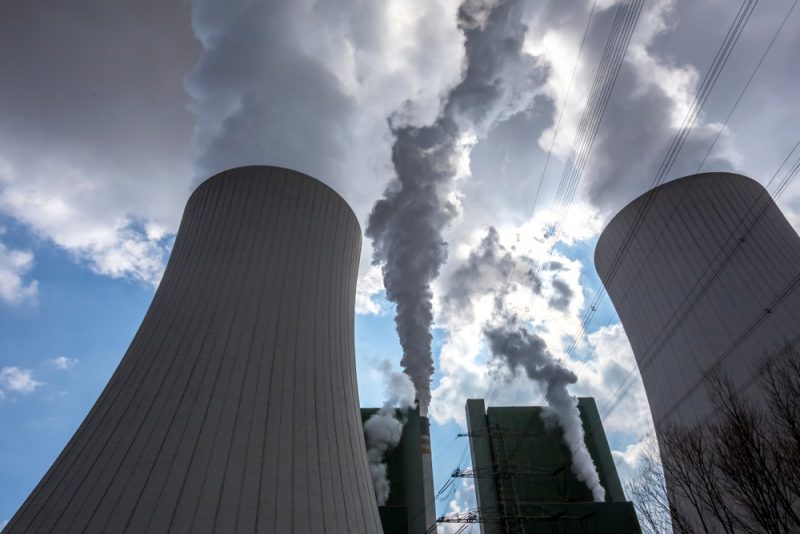Mercury emissions from power plants drop 81.7 percent

Mercury emissions from power plants decreased 81.7 percent from 2011 through 2017, new research from the Center for American Progress revealed.
The reduction stems from the establishment of the Environmental Protection Agency (EPA) Mercury and Air Toxics Standards (MATS) in 2011. These standards played an important role in reducing mercury emissions from coal- and oil-fired power plants in the United States. Mercury is a neurotoxin that can affect fetal and child brain development.
The new analysis comes at a time when Acting EPA Administrator Andrew Wheeler, a former coal lobbyist, said he is considering rolling back key components of these mercury safeguards.
“These safeguards have been wildly successful in reducing the amount of toxic mercury in our air and water, bringing numerous health benefits to children and families across the country,” Sally Hardin, lead author of the issue brief and a research analyst at CAP, said. “That Andrew Wheeler would even think about getting rid of them shows exactly who he’s working for: polluters, and not the American people.”
The analysis shows that seven of the highest-polluting states reduced their mercury emissions by more than 2,000 pounds from 2011 through 2017. Those states are Texas, Alabama, Pennsylvania, Michigan, Indiana, Ohio, and Missouri. A decrease of 2,000 pounds is more than four times the top mercury-emitting plant in 2017.
